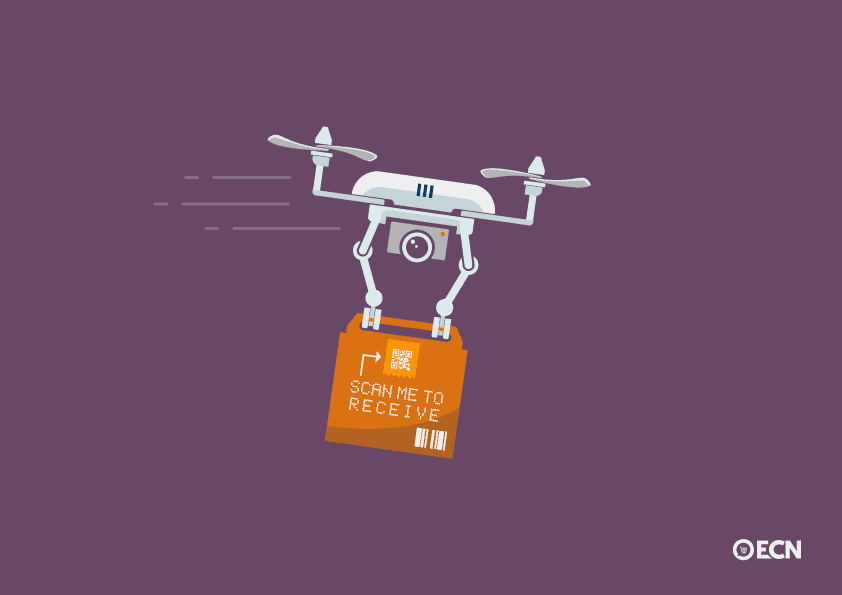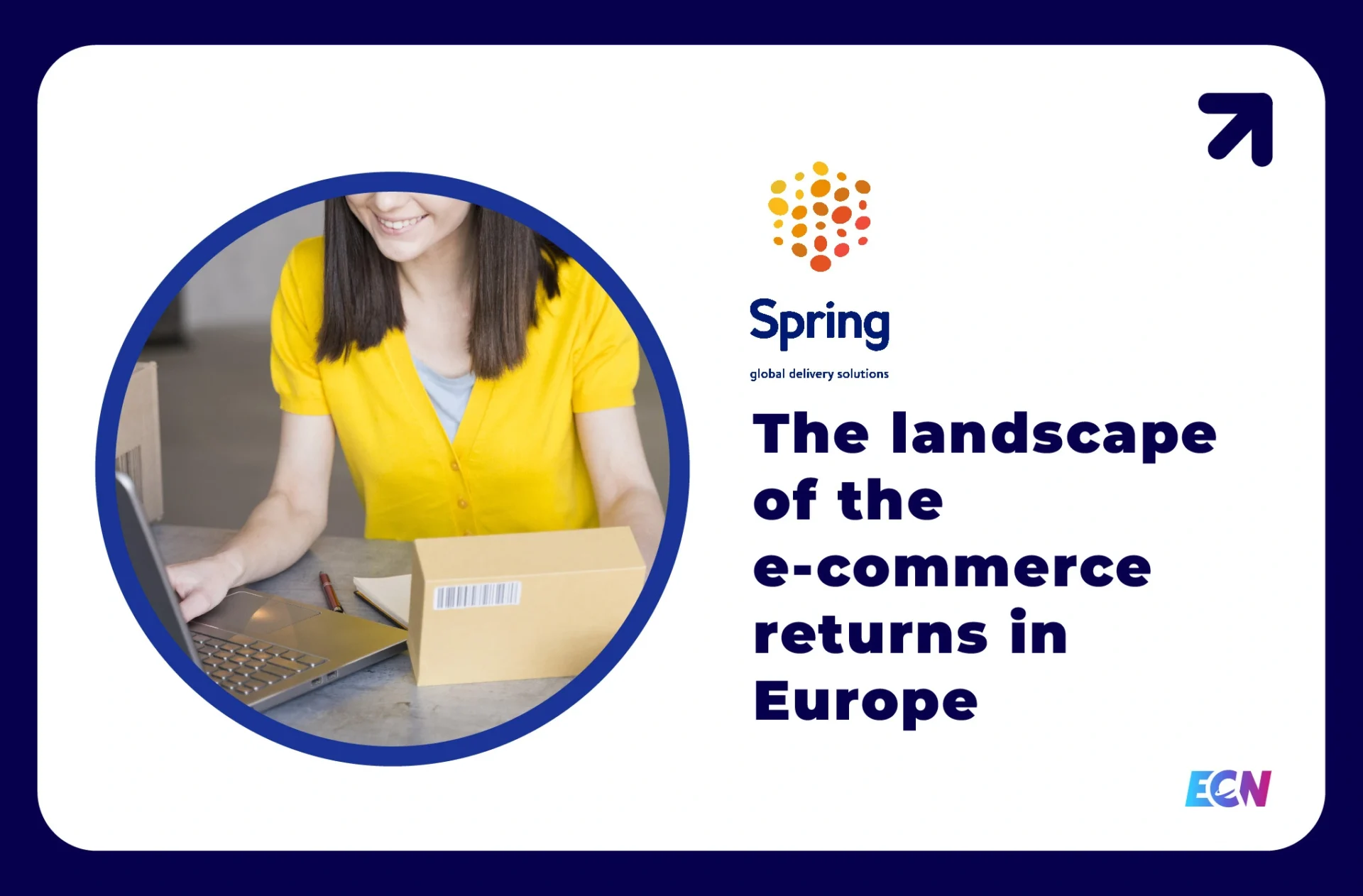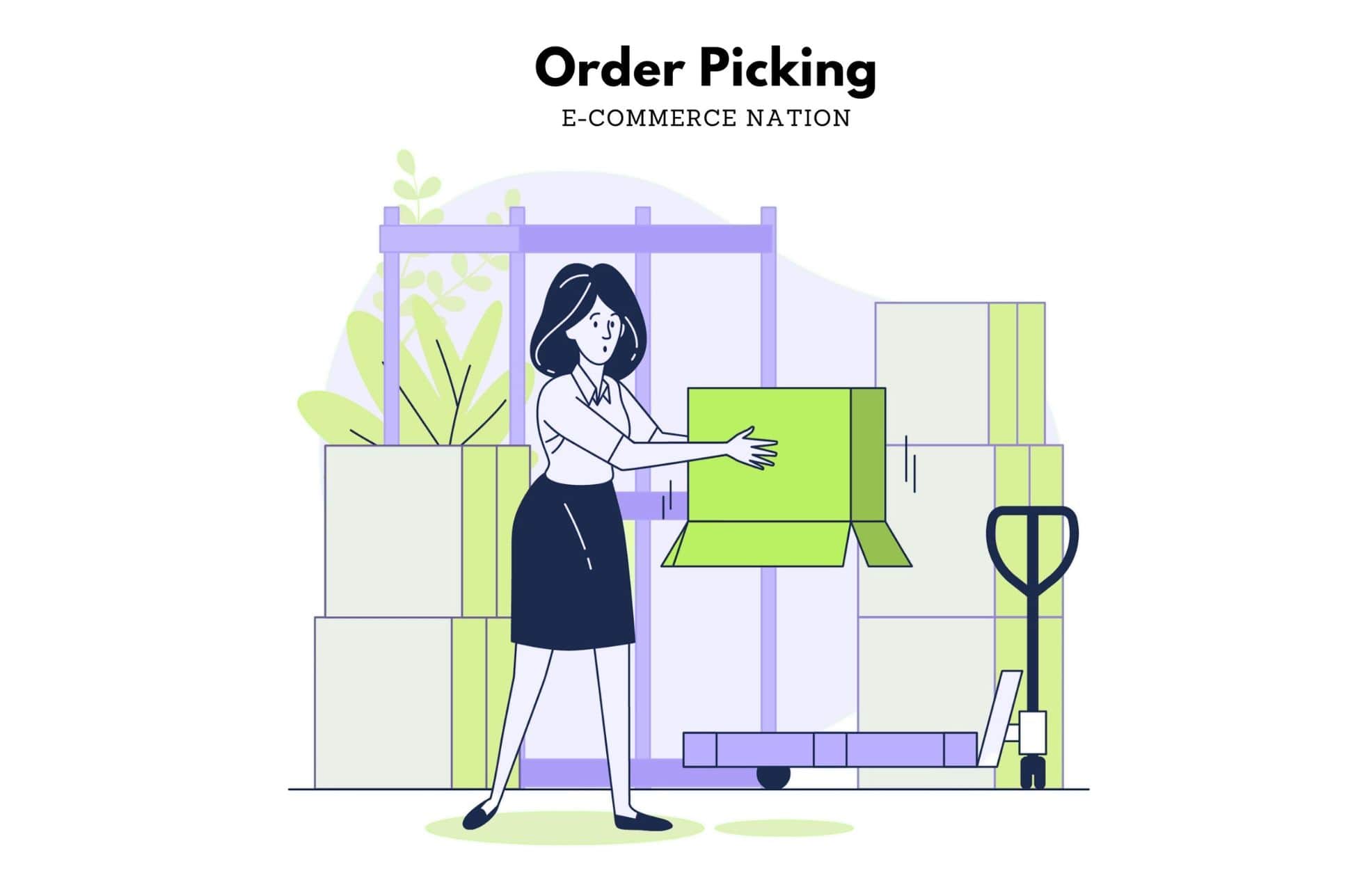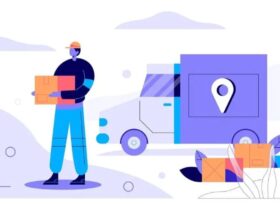What is the last mile? Last mile delivery is one of the main challenges in logistics today. Today we are going to analyze what it is, what problems it entails,
As consumers increasingly turn to e-commerce to meet their purchasing needs, fast shipping is not simply something they feel good about having. It’s a realistic expectation in any e-commerce shopping experience. And, if logistics companies and their retail partners want to deal with Amazon Prime, these almost immediate shipments have to be the priority.
As a result, companies have long been competing to develop new technologies and supply chain models that increase package volume, streamline deliveries and build customer loyalty while trying to reduce costs. Unfortunately, one of their biggest expenses and challenges in same-day last mile shipping.
In a report published by Business Insider Intelligence, they analyze shipping logistics, the last mile problem and how companies can adapt to the new challenges of e-commerce shipping.
In this article, we rely on the results of this report to analyze the situation of the last mile.
What is last mile delivery?
In the journey of a product from the warehouse shelf to the customer’s door, “last mile” delivery is the final step in the process – the moment the package finally arrives at the customer’s door. In addition to being a key factor in buyer satisfaction, last mile delivery is the most expensive and slowest part of the shipping process.
What problems does the last mile entail?
If you’ve ever tracked the shipment of a package and found that the “Out for delivery” status was much longer than expected, you’ve already experienced the problems of the last mile firsthand. This final leg of the shipment usually involves several stops for small deliveries.
In rural areas, delivery points along a particular route could be several kilometres away, and only one or two packages are left at each destination. In cities, the picture is not much better; what urban areas compensate for in the proximity of stops is quickly offset by almost constant traffic delays.
The costs and inefficiencies of the last mile problem have been aggravated by the continued increase in e-commerce, which has led to a dramatic increase in the number of packages delivered each day, as well as customer expectations to include not only fast delivery but also free.
What are the last mile delivery costs?
If we look at the total cost of shipping, the portion related to the last mill is substantial: it can account for as much as 53% of the total. And with the boom in free shipping, customers are less willing than ever to pay a full shipping fee. This forces retailers and their logistics partners to bear a considerable cost.
As a result, shipping has become one of the main links in the chain that companies review to implement new technologies and process improvements.
Technology Solutions to Improve Last Mile Logistics
With the rise of the Gig Economy, many consumers are already familiar with the concept of crowdsourcing local services through digital platforms such as Uber or Airbnb. Location-based crowdsourcing allows consumers to open a mobile application to order a car trip, book a room to sleep in, order coffee from the office, hire a handyman to set up a TV, send flowers to a special person, or even schedule a takeaway meal to arrive just as they are entering your front door.
Crowdsourcing has been established in transport, hospitality and food delivery for some time now, and many retailers are already considering it as an option for its low start-up cost and the improved customer experience it brings in terms of last mile delivery.
With the technology developed by these crowdsourcing companies, retailers, logistics companies and the end consumer can directly contact non-professional local couriers, who use their own means of transport to deliver.
Companies can get orders to the customer faster, and the customer can receive their order when and where they want. This greater freedom in the delivery means that the final consumer is at home at the time of delivery, eliminating the need for a second (or third) attempt.
Will robotic couriers arrive?
With the integration and continuous improvement of automation in all industries, it is likely that sooner or later we will begin to see robots making deliveries. By robots, we don’t mean a robotic humanoid walking down the street loading packages, but unmanned drones, intelligent vehicles or other options.
And with the integration and continuous improvement of automation across all industries, we are likely to begin to see delivery robots, unmanned aerial vehicles and self-propelled vehicles making many of these deliveries in the not-too-distant future.





